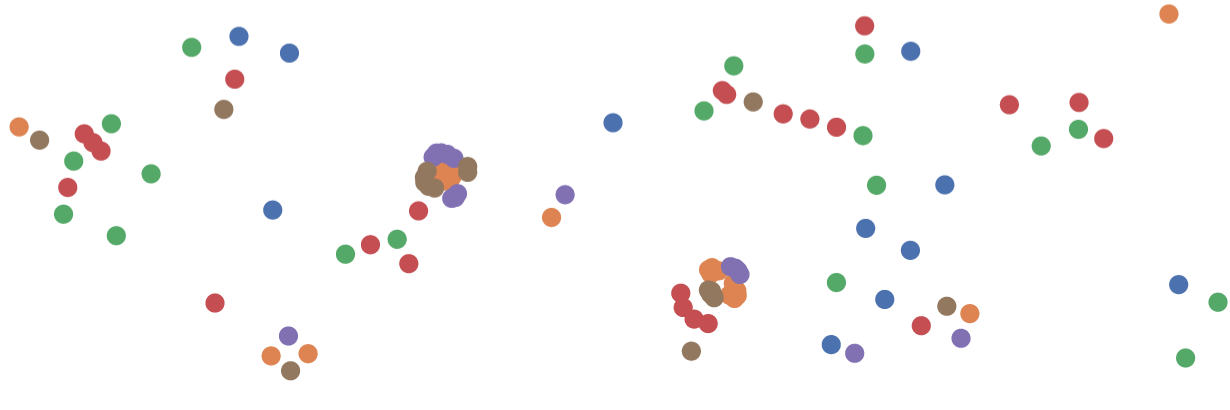
Soap Bubbles


Have you ever wondered about the rainbows on CDs, gasoline puddles or soap bubbles? All of these have the same cause: The interference of light on thin surfaces. Today, we’ll try to render something that looks like a soap bubble. Some Physics When a ray of light hits the surface of the soap bubble, it is either instantly reflected, or it enters the soap film and is refracted. When it is refracted, it can then be reflected off the other end of the soap, and then leave it again at a slightly different spot. There are countless other possiblities for the ray to bounce around, but these are the two that we will focus on here. ...

Particle Simulations are great. Life Simulations are fun. Meet Particle Life – the intersection of these two worlds. Inspired by Biologist Lynn Margulis’ theory of endosymbiosis, Jeffrey Ventrella invented his Clusters. The main idea is simulating microorganisms that have pretty basic interaction patterns. Some species are drawn towards certain others, while some will be repelled by others. Implementing a particle simulation with these rules leads to very interesting patterns. Compared to physics-based particle simulations, this approach explicitly violates the Conservation of Momentum. This allows for self-propelling structures, clusters that look like biological cells, and much more. ...


When I was a kid, I really enjoyed this game called Electroplankton. Especially the game mode called Hanenbow, where you launched small tadpoles onto leaves. On impact the leaves would emit glockenspiel sounds, and create a nice sounding melody. Here’s what it looked like: I wondered, how hard could it be to implement something similar? If you just want to see the animation, click here. If you’re interested in the background, read on! ...